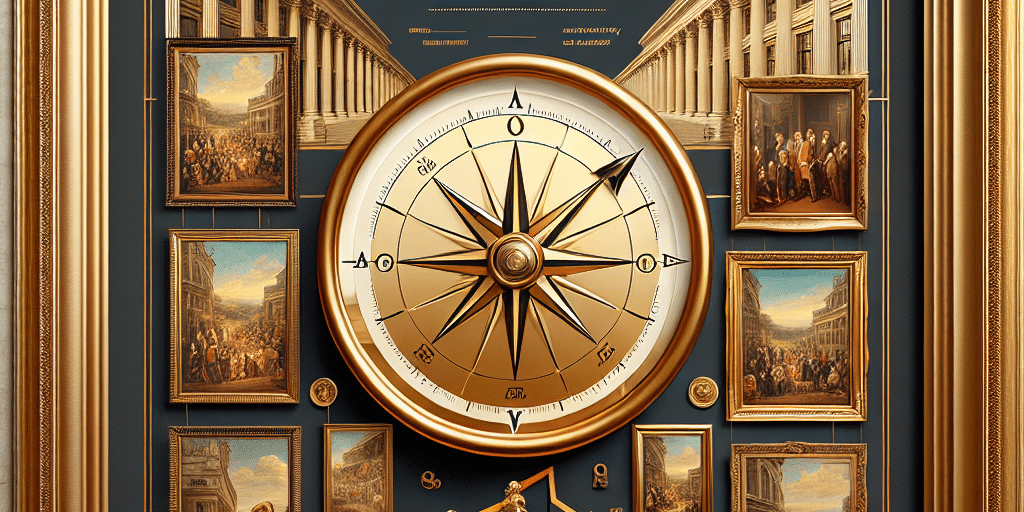In recent years, family offices have increasingly turned to art as a significant component of their investment strategies. This growing trend reflects a broader desire to not only accumulate wealth but also to curate a legacy that transcends financial gains. As the art market continues to flourish, family offices are finding unique opportunities to enhance their portfolios while also exploring cultural richness.
The Allure of Art Investment
Art investment has gained popularity for several reasons:
- Alternative Asset Class: Art is considered a tangible asset that is not directly correlated with traditional financial markets, providing a hedge against economic downturns.
- Potential for Appreciation: Fine art has the potential for significant appreciation over time, especially if carefully selected and curated.
- Personal Enjoyment: Owning art offers personal satisfaction and the opportunity to share it with future generations.
Building a Curated Collection
Family offices often approach art investment with a meticulous strategy to build a curated collection. This involves several key steps:
- Research and Expertise: Many family offices engage art advisors or consultants to help navigate the complexities of the art market.
- Diversification: Investing in various art forms—from contemporary paintings to classic sculptures—helps spread risk and ensure a well-rounded collection.
- Provenance and Authenticity: Ensuring the legitimacy of artwork through documented history and authenticity checks is critical in maintaining value.
The Role of Technology
Technology has reshaped the way family offices engage with the art market. With online platforms and virtual galleries, investors can now discover and acquire art worldwide. Blockchain technology offers greater security in transactions and provenance tracking, further enhancing the appeal of art investment.
Legacy and Philanthropy
For many family offices, investing in art is not just about financial returns; it’s also a matter of legacy. By collecting art that reflects family values or historical significance, families can create a narrative that can be passed down through generations. Moreover, philanthropic initiatives, such as donating art to museums or community projects, can amplify their impact and acknowledge their commitment to culture and society.
Conclusion
As the trend of art investment among family offices continues to rise, it signifies a shift towards the importance of heritage, culture, and thoughtful wealth management. By curating a collection of art that resonates with personal and familial values, families can create a lasting legacy that endures well beyond financial accomplishments.










